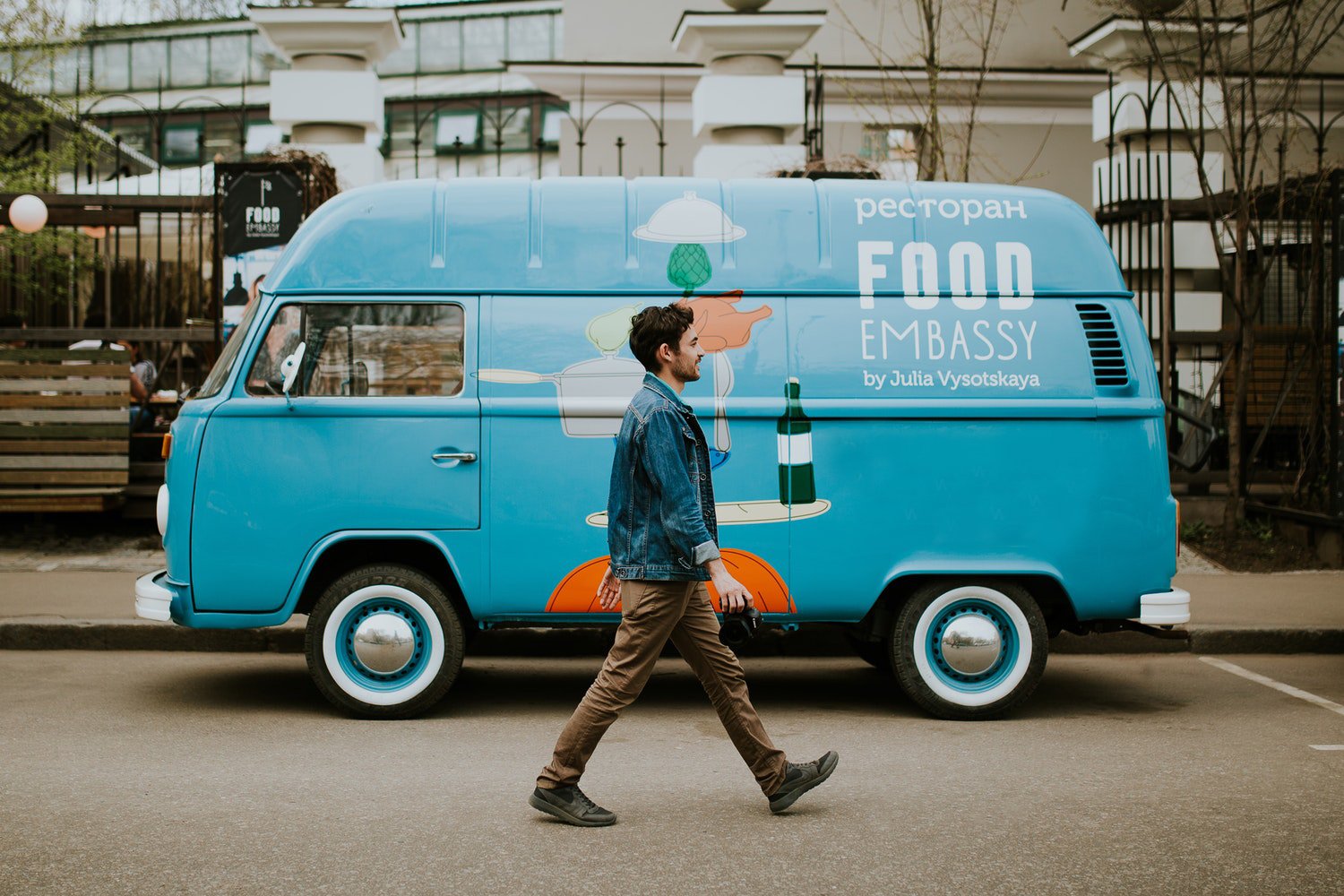Ultherapy Price in Korea
Ultherapy is one of Korea’s most popular non-surgical skin lifting treatments, known for tightening sagging skin and improving jawline definition without downtime. If you’re planning a trip to Seoul or looking for local treatment options, here’s a complete, SEO-optimized guide to Ultherapy prices in Korea, what affects the cost, and how to choose a trustworthy clinic.
What Is Ultherapy?
Ultherapy is a
micro-focused ultrasound (MFU) treatment designed to lift and tighten skin by stimulating collagen production deep beneath the surface.
It targets the
SMAS layer — the same layer lifted in surgical facelifts — but without incisions or recovery time.
Korean clinics use FDA- and KMFDS-approved devices like Ulthera or Ultherapy Prime, often marketed as “non-invasive facelift” or “HIFU lifting.”
Popular treatment areas include:
- Full face (cheeks, jawline, forehead)
- Neck and under-chin
- Lower face or V-line contour
- Brow and eye-area lift
Average Ultherapy Price in Korea
The cost of Ultherapy in Korea varies by clinic, number of shots, and treated areas. Below is the general range you can expect in 2025:
- Partial Face / Small Area (e.g. jawline, brow): ₩800,000 – ₩1,200,000 KRW
- Full Face: ₩1,500,000 – ₩3,000,000 KRW
- Face + Neck Combo: ₩2,500,000 – ₩4,500,000 KRW
- Premium Clinics (Ultherapy Prime / high-shot count): ₩3,500,000 – ₩5,500,000 KRW
Compared to Western countries where Ultherapy can cost USD $2,000–$4,000 per session, Korea offers the same certified technology at nearly half the price.
What Determines the Cost?
Several factors influence how much Ultherapy costs in Korea:
- Treatment Area and Shots — The larger the area and the more ultrasound “lines” or “shots” delivered, the higher the cost.
- Device Type — Clinics using the newest Ultherapy Prime or upgraded cartridges typically charge more.
- Clinic Reputation and Location — Clinics in Gangnam, Apgujeong, and Cheongdam tend to price slightly higher, reflecting doctor experience and brand reputation.
- Doctor vs Technician Treatment — Doctor-led sessions cost more but ensure safety and precision in energy delivery.
- Additional Services — Packages that include LDM facials, skin boosters, or after-care masks may increase the total price.
How Many Sessions Do You Need?
Ultherapy is usually performed once a year for skin tightening and lifting maintenance. Some patients repeat it every 12–18 months depending on age, skin laxity, and desired results.
Results appear gradually over 2–3 months as new collagen forms, giving a more lifted, firmer, and defined look.
What to Ask Your Clinic in Seoul
Before booking your session, make sure to confirm:
- Which Ultherapy device version will be used (Ulthera / Ultherapy Prime)
- The number of shots or treatment lines included in your quote
- Whether the price includes consultation, numbing, and aftercare
- Who performs the treatment — doctor or technician
- Expected recovery, results timeline, and after-treatment restrictions
Tips for Foreigners Getting Ultherapy in Korea
- Avoid “too good to be true” prices — authentic Ultherapy devices are expensive, so extreme discounts may signal copy devices.
- Ask if the clinic provides English-speaking staff and written after-care instructions.
- Check that your quote is in Korean Won (₩) and includes VAT.
Why Korea Is the Top Destination for Ultherapy
Korean dermatology clinics are internationally known for:
- Advanced ultrasound and lifting devices like Ulthera, Shurink Universe, and Liftera.
- Customized treatment protocols combining Ultherapy with Thermage FLX, RF microneedling, or lifting threads.
- Transparent pricing and short recovery time, ideal for international visitors.
Many clinics in Seoul even offer same-day consultations and treatments, making it easy to fit into a short travel schedule.
Final Thoughts
Ultherapy in Korea provides a safe, effective, and affordable solution for anyone looking to tighten and lift skin without surgery. Prices typically range between
₩1,500,000 and ₩3,000,000 KRW for full-face treatment, depending on area and clinic.

